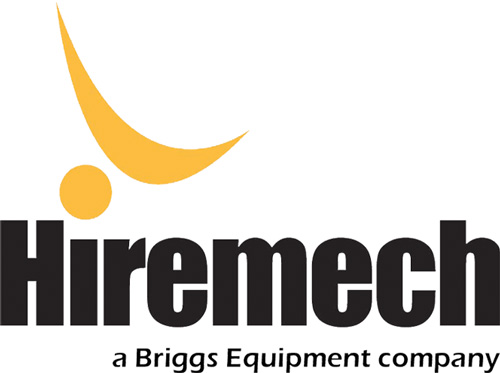Which Forklifts Are Right For The Job?
There are many things to learn in order to safely operate a forklift. Different types of forklift are better suited for different loads and different environments, and there are many variables to consider to ensure a forklift is safe for a certain job. First of all, you need to know a forklift’s load capacity in order to determine if it can manage the load you need to transport.
What does forklift load capacity mean?
The load capacity of a forklift is defined as the maximum gross weight it can safely lift with the centre of the load at a specific point. This precise point needs to be at the load’s centre – if it is not, then the capacity of the forklift will be reduced.
There are many forklift options, and it is extremely important that operators have a strong understanding of the load capacity of the forklift they operate. Ideally, they should also know the capacities of other forklifts to ensure safe operation at all times. Exceeding a forklift’s load capacity can be extremely hazardous for the operator and people nearby.
Load capacity data plate: what is it?
This is designed to indicate the load a forklift is built to lift safely with the mast angled in different positions, or when an attachment is fitted. The plate’s display will usually contain the designated load capacity, load centre point, maximum lift weight, and the make and model of the forklift.
Other data that may be on the display includes capacity down ratings for when the forklift is fitted with a mast, and for specific attachments that the capacity plate will identify. The following is a selection of forklift types with their load capacities:
Reach trucks:
The maximum weight these machines can safely lift is 2,500kg.
Three wheel – These are primarily pallet lifts used in environments where space is limited. Their load capacity is 2,200kg.
Four wheel:
Similar to the three-wheel forklift, only more powerful. Whereas the three wheel is powered by electricity, this four-wheel may be powered by diesel, propane or even petrol. Their load capacity is 3,600kg.
Order pickers – These electric-powered machines can safely lift up to 1,500kg.
Jacks – These are primarily used for moving heavy loads over short distances, and are also powered by electricity. Their load capacity is 3,600kg.
Turret trucks:
Another electric-powered forklift, the turret truck can carry up to 3,600kg.
Rough terrain forklifts:
Fuelled by diesel, petrol and compressed gas, these have a high load capacity of 16,000kg.
Stand up counterbalance forklifts – Primarily used for swift loading and unloading, these electric-powered lifts have a load capacity of 2,500kg.
The forklift that currently holds the record for the highest load capacity is the Kalmer forklift in the UK. Its load capacity, as listed in the Guinness Book of Records, is an impressive 90,000kg.
The safe operation of a forklift requires extensive training, particularly in high-load environments, and where numerous types of forklift are in operation. It is vital to have a good knowledge of the load capacities of different forklifts in order to be as safe as possible when using them.

 020 8880 3322
020 8880 3322